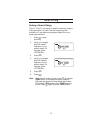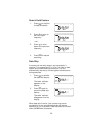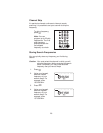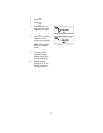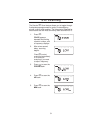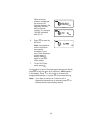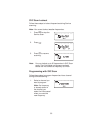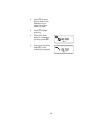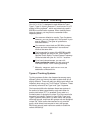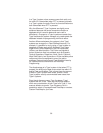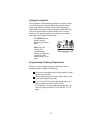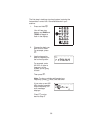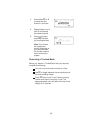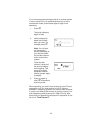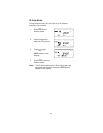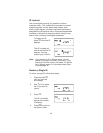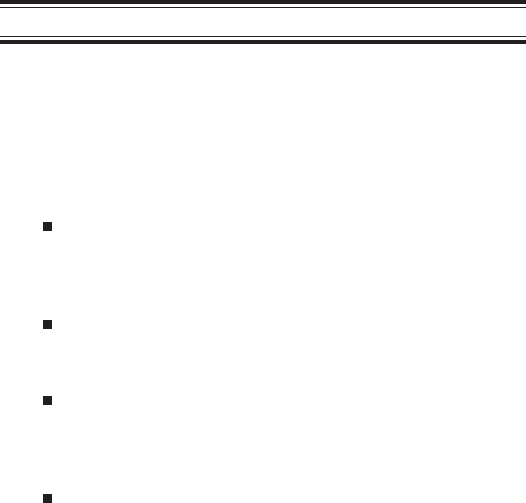
Trunk Tracking
Your
BC 235XLT
is designed to track Motorola Type I,
Type II, Type IIi, Hybrid,
SMARTNET™, and PRIVACY PLUS™
analog trunking systems
*
, which are extensively used in
800 MHz communication systems. When tracking these
types of systems, you may want to remember these
important points:
Your scanner defaults to monitor Type II systems;
however, you can change this if the system in your
area is different. (The types of systems are
discussed below.)
Your scanner cannot track an 800 MHz trunked
system and scan frequencies in conventional
mode at the same time.
The frequencies for many of the 800 MHz public
safety systems are listed in the
TrunkTracker™:
National Public Safety Trunked System Frequency
Guide
included with your
BC 235XLT
scanner.
If you have internet access, you can visit
www.trunktracker.com
for current news and
information about Trunk Tracking Scanning.
*
Motorola,
SMARTNET
, and
PRIVACY PLUS
are
trademarks of Motorola Inc.
Types of Trunking Systems
Trunking systems divide a few frequencies among many
different users, but the way that each system does this is
slightly different. There are really two basic types which are
important when using your TrunkTracker™ scanner. These
are usually referred to as Type I and Type II systems.
One important distinction between these two systems is
the amount of data transmitted by each radio when its
push-to-talk button (PTT) is pressed. Every radio in a
trunked system is assigned a unique ID so the central site
computer can identify it when it’s used. Both Type I and
Type II systems place radios (or radio users) into groups,
called talk groups, and these talk groups are also assigned
unique IDs. Some radios have access to only one talk
group, while others have access to many talk groups.
Which talk group(s) each radio can access is called the
radio’s affiliation(s).
35



